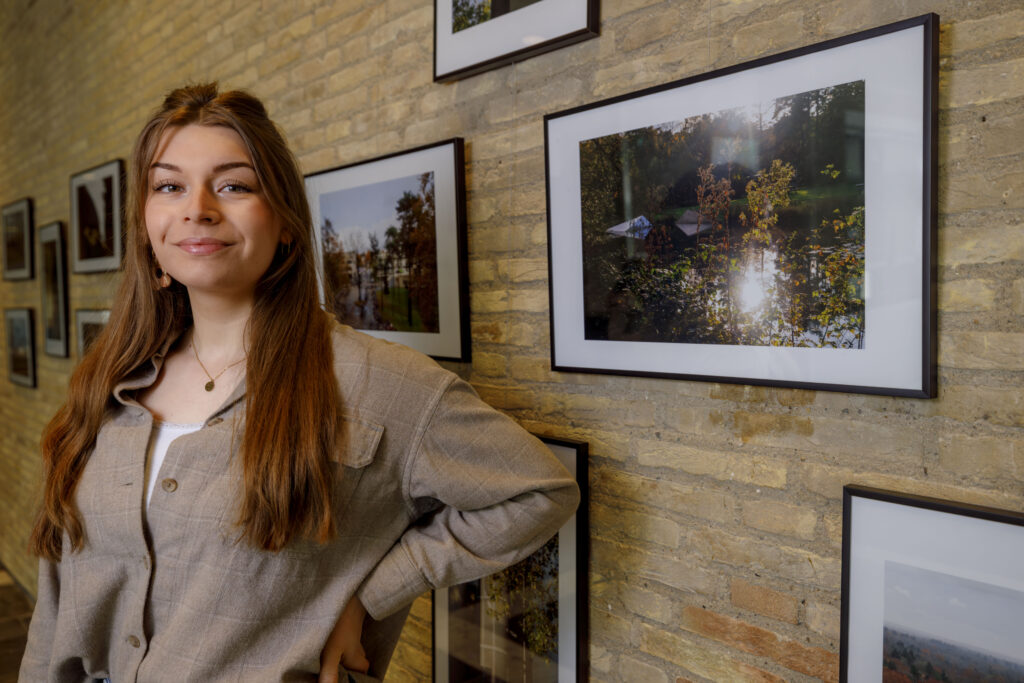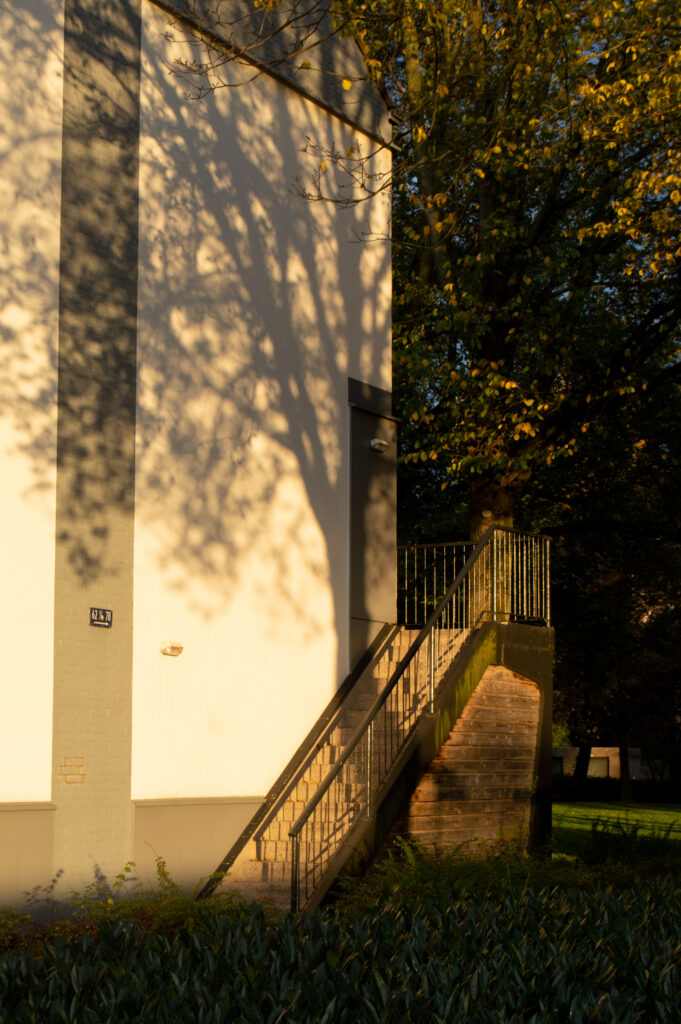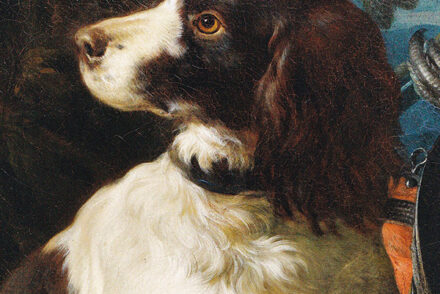Rikkie Nitsche photographs solace and comfort in nature: ‘When things are tough, you see what is really important, and beauty emerges’
For many, librarian Rikkie Nitsche is a familiar face. What few people know is that she is also an art photographer. Her work Solace in Nature is currently on display in Cobbenhagen Building. An exhibition about the city, nature, solace, and comfort.

Tilburg-based art photographer Rikkie Nitsche has been working with photography since the age of 12. She received her Bachelor of Arts from the Fotovakschool in Amsterdam and specialized in landscape photography. Nature plays an important role in her work. Solace in Nature is a triptych with photographs of the Tilburg neighborhoods where Rikkie lived, the campus of Tilburg University, and the American city of New York, which she visited in 2022.
What do your photos say about the neighborhoods you lived in?
‘I grew up in Tilburg Noord, a neighborhood that often receives negative coverage in the news. Even as a child I noticed that the streets in this neighborhood were not safe. Sirens were often heard at night and burglaries were common. I currently live in Tilburg Zuid. Although both neighborhoods are not known for their beauty, in my work I searched for the beautiful spots and recorded them.
‘During the opening of this exhibition, many people from Tilburg Noord were present. They recognized the places in my photographs because they cycle past them in daily life, for example. What they like about the neighborhood, that which you normally don’t really see, I captured.
‘I like to take photographs with light created during the hour before sunset, also called ‘golden hour.’ You can see the run-down parts of neighborhoods lit up by this light, and nature also takes on a magical glow. In my photos, you see dilapidated buildings in past glory with a beautiful sky behind them, which gives hope.’

Which photograph do you personally like best?
‘My favorite picture is of a building in Tilburg North. I know what the building looks like normally, it is shabby and poorly maintained.
‘In this image, we see that building in a completely different way. The golden light through the trees creates a beautiful shadow play on the wall of the building. That attracted me.’
In your opinion, when is a photograph really a good photograph?
‘Personally, I don’t place much value on a particular camera or photographic technique. I mainly look at what a photograph reminds someone of. I myself regularly work with a disposable or Polaroid camera.
‘Two series of photographs have since emerged from this. I have added these to my portfolio. Not because they are of the best quality but because they are so revealing. You can make art with anything, so as far as I’m concerned, even with a disposable camera.’
Tilburg University asked you to take photos of the campus, how did you go about it?
‘The University understands better than anyone how important nature is in an urban environment. There is a lot of nature around campus. I waited until the fall arrived to capture nature on campus. That’s my favorite season because nature shows its beauty, especially in the fall.
‘I think you can compare this to life. When things are tough, you see what’s really important and beauty emerges. In the fall we see beautiful colors because trees drop their leaves. In addition to the fall colors, I was once again guided by the sunlight. What does the sun show me?’
Your exhibit is called Solace in Nature. Why is it important to seek out nature when you are in need of solace?
‘It always helps to go outside when you are not feeling so well. In Japan, the principle of ‘forest bathing’ (shinrin-yoku, ed.) has been around since the 1980s. It’s about opening your senses to the nature around you, which lowers your blood pressure, stress level, and heart rate. In this way, nature contributes to better mental health.
‘With my work I hope to invite people to visit nature more often, so that they see how valuable nature is. For that you don’t always have to go to a forest or park. Nature is everywhere, even in the hustle and bustle of the city.’
In addition to your work as a photographer, you also work as a librarian. Would you like to make a full living from your photography in the future?
‘Eventually I do. But I am well aware that most photographers work as freelancers, and that is a vulnerable and uncertain existence. I’ve always seen myself as an artist, not an entrepreneur. I think when you have little security and have to constantly stress about whether you have enough income, it doesn’t help your creativity.
‘During the coronavirus pandemic, I noticed this. I had just graduated and although I had a paper in my pocket, it seemed like there was no future for me as a photographer at all. There was no staying power and, as a result, I was not as creative. Should there ever come a time when I want to make a full living from my work as a photographer, I do want more security. So I won’t quit my current job just like that.’
Solace in Nature is on view up to and including March 29 in Cobbenhagen Building.
Translated by Language Center, Riet Bettonviel






